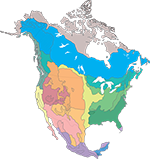Ecological Divisions of North America
Consultants
Perry, C.H.; Wilson, B.T. US Forest Service, Northern Research Station
Finco, M.V., RedCastle Resources, Inc
General references
Bailey, R.G. 1998. Ecoregions map of North America: explanatory note. Misc. Pub. 1548. Washington, DC: Department of Agriculture, Forest Service. 10 p.
Map
Ecological Divisions of Canada, the United States, and Mexico:
Bailey, R.G. 1998. Ecoregions map of North America: explanatory note. Misc. Pub. 1548. Washington, DC: Department of Agriculture, Forest Service. 10 p. Data available online at http://www.fs.fed.us/rm/ecoregions/products/map-ecoregions-north-america.
Graph
Area of Forest Land in the Conterminous US by Ecological Division:
USDA Forest Service. 2016. Forest Inventory and Analysis Program data and tools. http://www.fia.fs.fed.us/tools-data/index.php. (4 April 2016).
Illustration
Ecological division classification system:
Bailey, R.G. 1998. Ecoregions map of North America: explanatory note. Misc. Pub. 1548. Washington, DC: Department of Agriculture, Forest Service. 10 p.
Photographs
Rainforest: Joe Giordano, Kauai, HI; flickr.com
Marine: So-Etolin Wilderness, AK; Maria Burke; wilderness.net/NWPS
Temperate-steppe: Grand Canyon, AZ; Michael Quinn; flickr.com
Prairie: Wildlife Refuge, MN; flickr.com
Hot continental: Smoky Mountains, TN; Dave Allen; ThinkStock by gettyimages.com
Warm continental: Mount Washington, NH; John Anderson; ThinkStock by gettyimages.com
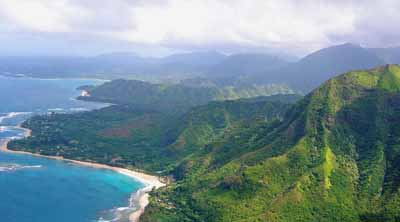
 The Rainforest ecological division is characterized by high levels of precipitation in a tropical climate.
The Rainforest ecological division is characterized by high levels of precipitation in a tropical climate.
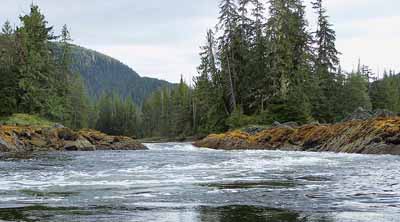
 Situated on the Pacific coast, the Marine ecological division receives abundant rainfall from maritime air masses and has a rather narrow range of temperatures because it borders on the ocean.
Situated on the Pacific coast, the Marine ecological division receives abundant rainfall from maritime air masses and has a rather narrow range of temperatures because it borders on the ocean.

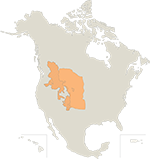 Temperate steppes are areas with a semiarid continental climatic regime in which, despite summer rainfall, evaporation usually exceeds precipitation.
Temperate steppes are areas with a semiarid continental climatic regime in which, despite summer rainfall, evaporation usually exceeds precipitation.
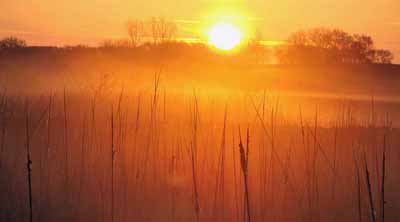
 Prairie ecosystem vegetation is dominated by tall grasses, and woody vegetation is nearly absent.
Prairie ecosystem vegetation is dominated by tall grasses, and woody vegetation is nearly absent.

 The Hot Continental ecological division has hot summers and cool winters. The vegetation is deciduous forest, dominated by tall broadleaf trees that provide a continuous dense canopy in summer.
The Hot Continental ecological division has hot summers and cool winters. The vegetation is deciduous forest, dominated by tall broadleaf trees that provide a continuous dense canopy in summer.
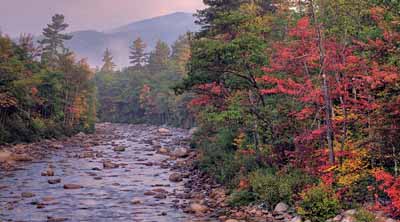
 Needleleaf and mixed needleleaf — deciduous forests dominate the Warm Continental ecological division that grow throughout the colder northern parts of the humid continental climate zone.
Needleleaf and mixed needleleaf — deciduous forests dominate the Warm Continental ecological division that grow throughout the colder northern parts of the humid continental climate zone.
